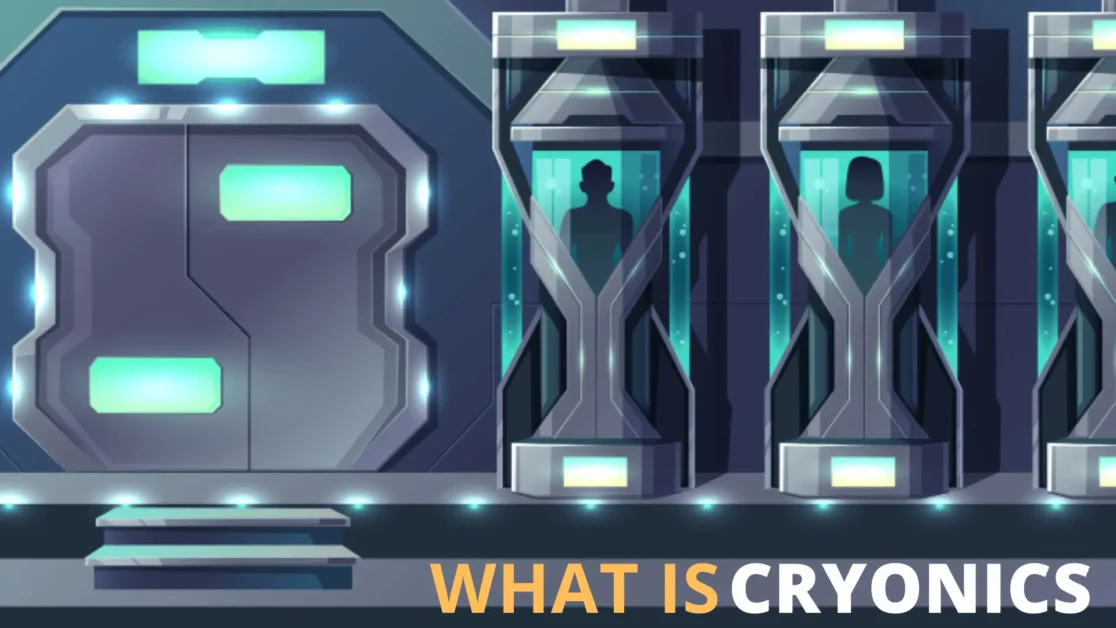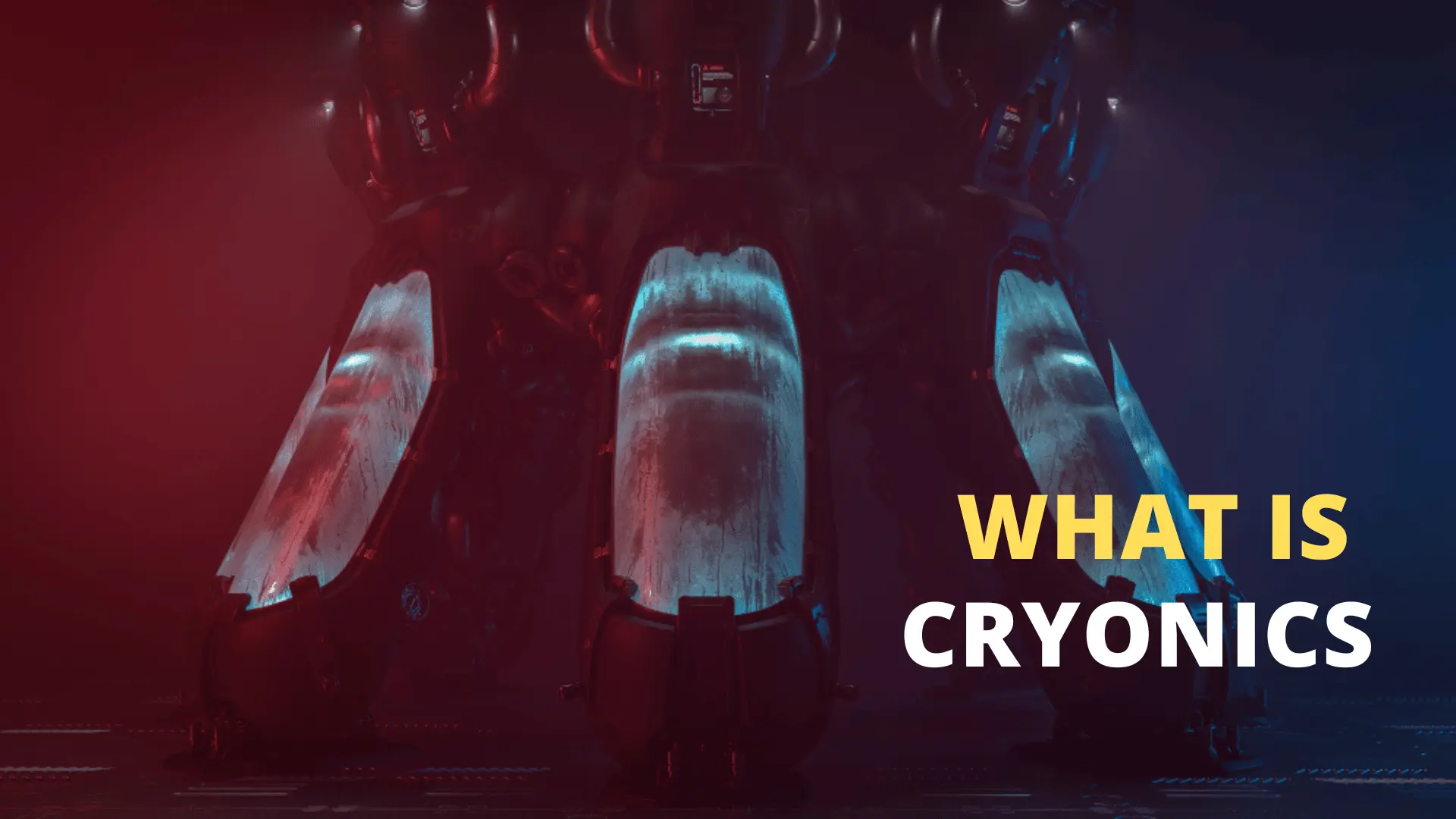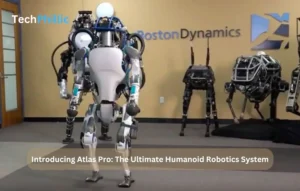Cryonics is the practice of freezing a human body or head in the hope of being revived in the future when medical technology has advanced to the point where they can be cured of their illness or injury.
Definition of Cryonics
Cryonics is the process of preserving a human body or head at cryogenic temperatures (below -196°C or -321°F) in the hope that future medical technology will be able to revive the individual.
History of Cryonics
The concept of cryonics was first proposed in the 1960s by Robert Ettinger, a professor of physics at the University of California, Berkeley. Ettinger believed that cryonics could offer a way to cheat death by preserving the body until a cure could be found for whatever illness or injury had caused the person to die.
The first person to be cryonically frozen was a man named James Bedford, who died in 1967. Bedford’s body was frozen by the Cryonics Institute, a cryonics organization founded by Ettinger.
Since Bedford, thousands of people have signed up to be cryonically frozen when they die. However, only a small number of people have been frozen. This is because cryonics is a very expensive process, and it is not yet clear whether it will work.
Different Types of Cryonics
There are two main types of cryonics: whole-body cryonics and head-only cryonics.
- Whole-body cryonics involves freezing the entire body. This is the more expensive option, but it is also the most likely to be successful. This is because the entire body is preserved, including the brain.
- Head-only cryonics involves freezing only the head. This is a less expensive option, but it is also less likely to be successful. This is because the brain is the most important part of the body for preserving consciousness.
Who Can Be Cryonically Frozen?
Not everyone can be cryonically frozen. To be cryonically frozen, a person must meet the following criteria:
- They must be declared legally dead.
- They must be in good health at the time of death.
- They must have signed up for cryonics before they die.
How Does Cryonics Work?
The process of cryonics begins immediately after a person is declared legally dead. The body is cooled down to a very low temperature (-196°C or -321°F) in a process called vitrification. Vitrification prevents the cells from freezing and bursting, which would damage them.
The body is then placed in a cryonics tank filled with liquid nitrogen. The liquid nitrogen keeps the body at a constant temperature, preventing it from thawing.
The body is stored in the cryogenic tank until a cure is found for the illness or injury that caused the person to die. At that time, the body will be thawed and revived.
The Risks of Cryopreservation
There are several risks associated with cryonics, including:
- The process of freezing the body can damage cells and tissues.
- There is no guarantee that medical technology will ever advance to the point where people can be revived from Cryostasis.
- The cost of Cryoconservation is very high.
The Costs of Cryonics
The cost of Cryogenic storage varies depending on the organization that performs the procedure. However, it typically costs between $25,000 and $200,000 to be cryonically frozen.
The cost of Cryogenic storage includes the following:
- The cost of the initial freezing procedure.
- The cost of storing the body in a Cryogenic tank.
- The cost of future maintenance and repairs to the Cryogenic tank.
Why Do People Choose Cryonics?
People choose cryopreservation for a variety of reasons, including:
- They believe that it is their only chance to cheat death.
- They are afraid of what happens after death.
- They believe that cryostasis will allow them to live forever.
- They hope to be cured of a terminal illness.
Is Cryonics Legal?
Cryogenic preservation method is legal in most countries, but there are some restrictions. For example, in the United States, it is illegal to cryonically freeze a person who has not been declared legally dead.
The Ethical Implications of Cryonics
There are several ethical implications of Cryogenic preservation method, including:
- Is it ethical to freeze a person’s body without their consent?
- Is it ethical to spend a lot of money on cryorevival when other people need medical care?
- Is it ethical to hope that cryo-revival will allow
Is it ethical to hope that cryosuspension will allow people to live forever?
This is a complex ethical question with no easy answer. On the one hand, it could be argued that it is unethical to hope for something impossible, such as living forever. On the other hand, it could also be argued that it is not unethical to hope for something unlikely, as long as it does not harm others.
Ultimately, the decision of whether or not to hope for cryostasis is a personal one. There is no right or wrong answer, and each person must decide what they believe is ethical.
The Future of Cryonics
The future of cryoconservation is uncertain. Cryoconservation may eventually become a viable way to extend human life, but it is also possible that it will never work. Only time will tell what the future holds for cryocconservation.
Here are some of the factors that could influence the future of cryostasis:
- The progress of scientific research: As scientists make progress in their research on cryonics, they may develop more effective methods of cryopreservation and reanimation. This could make cryostasis more viable in the future.
- The cost of cryostasis: Cryogenic preservation is currently a very expensive procedure. If the cost of cryonics decreases, it could become more affordable and accessible to more people.
- The public acceptance of cryostasis: Cryonics is not yet a widely accepted practice. If public acceptance of cryogenic storage increases, it could become more mainstream, and more people could choose to be cryonically frozen.
- The development of new technologies: The development of new technologies, such as artificial intelligence and nanotechnology, could make cryoconservation more feasible in the future. For example, artificial intelligence could be used to develop more effective methods of cryopreservation and reanimation, and nanotechnology could be used to repair the damage that is caused to cells during the freezing and thawing process.
Only time will tell what the future holds for cryonics. However, the progress that is being made in scientific research, the decreasing cost of cryogenic preservation, and the increasing public acceptance of cryostasis are all positive signs for the future of this technology.
Also Read : The Chatbot Revolution: Meta’s Vision for AI-Powered Personas in Social Media
The Science of Cryonics
There is a growing body of scientific research on cryoconservation. Scientists are working to develop new methods of freezing and preserving human tissue that will minimize damage and improve the chances of successful revival.
The future of cryostasis may depend on the progress of this research. If scientists can develop more effective methods of cryopreservation, it will become more likely that cryostasis will be successful.
Here are some of the scientific research that is being conducted on cryonics:
- Cryoprotectants: Cryoprotectants are chemicals that are used to prevent ice crystals from forming inside cells when they are frozen. Scientists are working to develop new cryoprotectants that are more effective at preventing ice crystal formation and that do less damage to cells.
- Vitrification: Vitrification is a process of freezing that prevents ice crystal formation altogether. Scientists are working to develop new methods of vitrification that are more effective and that can be used to freeze human tissue without causing damage.
- Cell repair: Scientists are working to develop techniques to repair the damage that is caused to cells during the freezing and thawing process. This could include techniques to repair DNA damage, membrane damage, and protein damage.
- Reanimation: Scientists are working to develop techniques to re-animate cells and tissues that have been frozen. This could involve techniques to stimulate cell growth and differentiation and repair the damage that has been caused to cells during the freezing and thawing process.
The progress of this research is likely to have a significant impact on the future of cryostasis. If scientists can develop more effective methods of cryopreservation and reanimation, it will become more likely that cryostasis will be successful.

challenges
Here are some of the challenges that scientists are facing in their research on cryogenic preservation method:
- The problem of ice crystal formation: Ice crystals can damage cells and tissues when they are frozen. Scientists are working to develop cryoprotectants and vitrification methods that can prevent ice crystal formation.
- The problem of cell damage: The freezing and thawing process can damage cells and tissues. Scientists are working to develop techniques to repair the damage that is caused to cells during the freezing and thawing process.
- The problem of reanimation: Scientists are not yet sure how to re-animate cells and tissues that have been frozen. They are working to develop techniques to stimulate cell growth and differentiation and to repair the damage that has been caused to cells during the freezing and thawing process.
These are just some of the challenges that scientists are facing in their research on cryoconservation. However, the progress of this research is promising, and cryoconservation may become a more viable option in the future.
The People Behind Cryonics
Several people are passionate about cryonics. These people include cryonics practitioners, scientists, and philosophers. They believe that cryostasis is a promising technology with the potential to revolutionize the way we think about death and dying.
Here are some of the people who are passionate about cryogenic preservation method:
- Robert Ettinger: Ettinger is considered the father of cryonics. He first proposed the idea of cryonics in his 1962 book, “The Prospect of Immortality.” Ettinger founded the Cryonics Institute in 1976.
- Max More: More is a philosopher and futurist who is the president of Alcor Life Extension Foundation. He is a strong advocate for cryostasis and believes that it is the best way to ensure our survival in the long term.
- Aubrey de Grey: De Grey is a biogerontologist who is working to develop technologies to reverse aging. He is a member of the advisory board of the Alcor Life Extension Foundation and believes that cryostasis could be a valuable tool for extending human life.
- Ralph Merkle: Merkle is a computer scientist who is known for his work on cryostasis and nanotechnology. He is a member of the board of directors of the Cryostasis Institute and believes that cryostasis is a feasible way to preserve human life.
- Brian Wowk: Wowk is a cryobiologist who is working to develop new methods of cryogenic preservation. He is the chief medical officer of the Alcor Life Extension Foundation and believes that cryogenic preservation is a promising technology with the potential to save lives.
These are just a few of the many people who are passionate about cryostasis. They are all working to make cryonics a reality and to give people the chance to cheat death.
The Media and Cryonics
Cryonics has been featured in several media outlets, including books, movies, and television shows. This has helped to raise awareness of cryonics and its potential benefits.
Here are some examples of how cryonics has been featured in the media:
- Books: Several books have been written about cryostasis, including Robert Ettinger’s 1962 book, “The Prospect of Immortality,” and Brian Stableford’s 1988 novel, “The Desolation Game.”
- Movies: The concept of cryopreservation has been featured in several movies, including “The Day After Tomorrow” (2004), “Surrogates” (2009), and “The Age of Adaline” (2015).
- Television shows: The concept of cryonics has also been featured in several television shows, including “Futurama” (1999-2013), “Grey’s Anatomy” (2005-present), and “Black Mirror” (2011-present).
These are just a few examples of how cryostasis has been featured in the media. The media has helped to raise awareness of cryostasis and its potential benefits, but it has also raised some concerns about the ethics of cryostasis.
Some people believe that cryo-conservation is unethical because it is a form of gambling with human life. They argue that there is no guarantee that cryo-conservation will ever be successful and that people who choose to be cryonically frozen are essentially gambling with their lives.
Others believe that cryogenic preservation is ethical because it offers a chance for people to cheat death. They argue that cryogenic preservation is a better alternative to death and that it gives people the chance to be revived in the future when medical technology has advanced to the point where they can be cured of their illness or injury.
The debate over the ethics of cryo-revival is likely to continue for many years to come. However, the media has played a role in raising awareness of cryo-revival and its potential benefits, and cryonics may become a more accepted practice in the future.
Personal Opinion on Cryonics
I believe that cryonics is a fascinating and potentially promising technology. I think it is important to have open and honest discussions about cryonics so that people can make informed decisions about whether or not to pursue it.
I would not consider cryoconservation for myself at this time. I am not sure whether I believe that it will ever work, and I am not comfortable with the idea of spending a large amount of money on something that may not be possible.
However, I do respect the decision of people who choose to be cryonically frozen. I believe that it is a personal decision that should be made after careful consideration.







